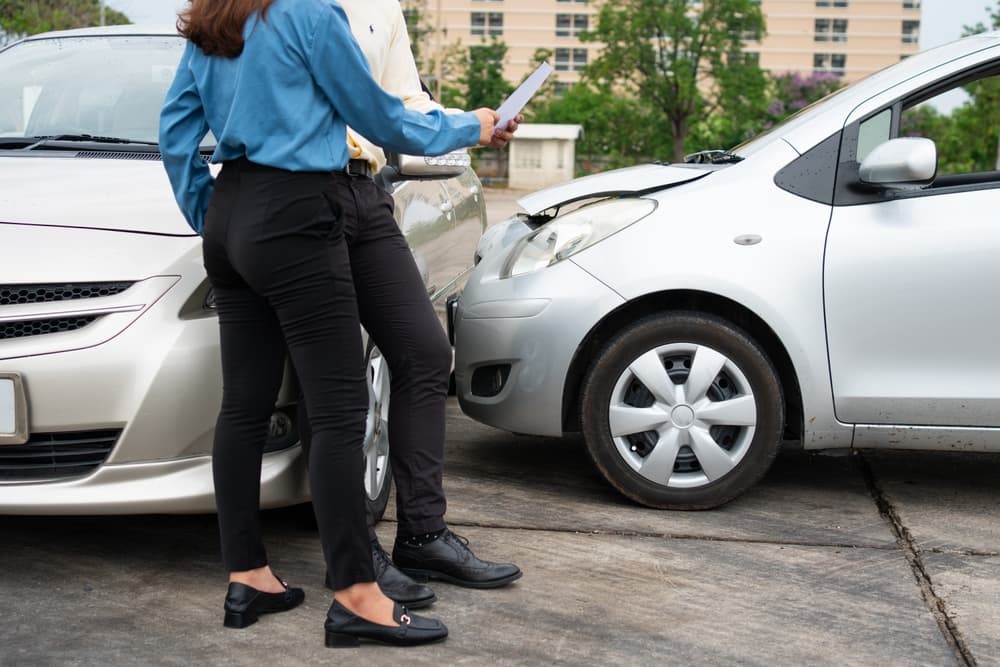Get in an accident in a company vehicle?
Getting into an accident while driving a company vehicle can be a daunting experience, both emotionally and legally. Understanding the steps to take immediately following the incident, as well as the implications for liability and insurance, is crucial for both employees and employers. This article will guide you through what happens when you get into an accident in a company vehicle, covering the necessary actions to take, potential liabilities, and how to navigate the aftermath effectively.
Immediate Steps After an Accident
1. Ensure Safety First
The first priority after any accident is to ensure safety. Check for injuries among all parties involved, including yourself. If anyone is injured, call emergency services immediately. It’s essential to remain calm and provide assistance if needed.
2. Report the Accident
Once safety is secured, report the accident to your employer as soon as possible. This is critical because your employer needs to inform their insurance provider and begin the claims process. Be prepared to provide details about the accident, including location, time, and any other relevant information.
3. Call Local Authorities
Even if the accident seems minor, it’s advisable to call local authorities. A police report can be invaluable for insurance claims and legal matters later on. The police will document the scene and gather statements from all involved parties.
4. Gather Evidence
Documentation is key in any accident scenario. Take pictures of the vehicles involved, any visible damages, road conditions, and traffic signs. Collect contact information from witnesses, as their statements may support your account of the incident.
Understanding Liability
Vicarious Liability
In many cases involving company vehicles, employers may be held liable for accidents that occur while employees are performing work-related duties. This legal principle is known as vicarious liability. For vicarious liability to apply, the employee must have been acting within the scope of their employment at the time of the accident.
When Employers Are Liable
If an employee is driving a company vehicle while carrying out job responsibilities—such as making deliveries or attending meetings—the employer typically bears responsibility for any damages or injuries resulting from an accident. This includes coverage for medical expenses, property damage, and other related costs.
Employee Responsibility
However, if an employee uses a company vehicle for personal errands or engages in reckless behavior (such as driving under the influence), liability may shift back to the employee. In such cases, employers may seek compensation from the employee for damages incurred due to negligence.
Navigating Insurance Claims
Employer’s Insurance Coverage
Most companies carry commercial auto insurance policies that provide higher coverage limits than personal auto policies. This insurance typically covers:
- Damage to other vehicles involved in the accident.
- Medical expenses for injured parties.
- Repair costs for the company vehicle itself.
When an accident occurs, your employer’s insurance will usually handle claims related to damages and injuries.
Filing a Claim
After reporting the incident to your employer:
- Document Everything: Keep a record of all communications regarding the accident.
- Cooperate with Investigations: Be honest and forthcoming when providing information to your employer’s insurance company.
- Follow Up: Stay in touch with your employer and their insurance provider to track the progress of your claim.
Potential Complications
Disputes Over Fault
Determining fault can complicate claims. Insurance adjusters will investigate the circumstances surrounding the accident to establish liability. If there are disputes about who was at fault—whether it was you or another driver—this can delay compensation and complicate legal proceedings.
Uninsured Motorists
If you are involved in an accident with an uninsured driver while operating a company vehicle, your employer’s commercial policy may cover damages under uninsured motorist provisions. However, this varies by state and policy specifics.
Legal Representation
In cases where liability is disputed or if significant injuries are involved, it may be wise to consult with a personal injury attorney who specializes in car accidents. They can help navigate legal complexities and ensure that your rights are protected throughout the claims process.
Conclusion
Experiencing an accident in a company vehicle can be stressful and confusing. By following proper protocols—ensuring safety first, reporting promptly to your employer, documenting everything thoroughly, and understanding liability issues—you can effectively manage this challenging situation.Employers should ensure that their employees are well-informed about procedures following an accident in a company vehicle. Regular training on safety protocols and legal responsibilities can help mitigate risks associated with driving company cars.Ultimately, being prepared can make a significant difference in how both employees and employers handle accidents involving company vehicles. Understanding your rights and responsibilities will not only aid in recovery but also contribute to safer driving practices in the workplace.


